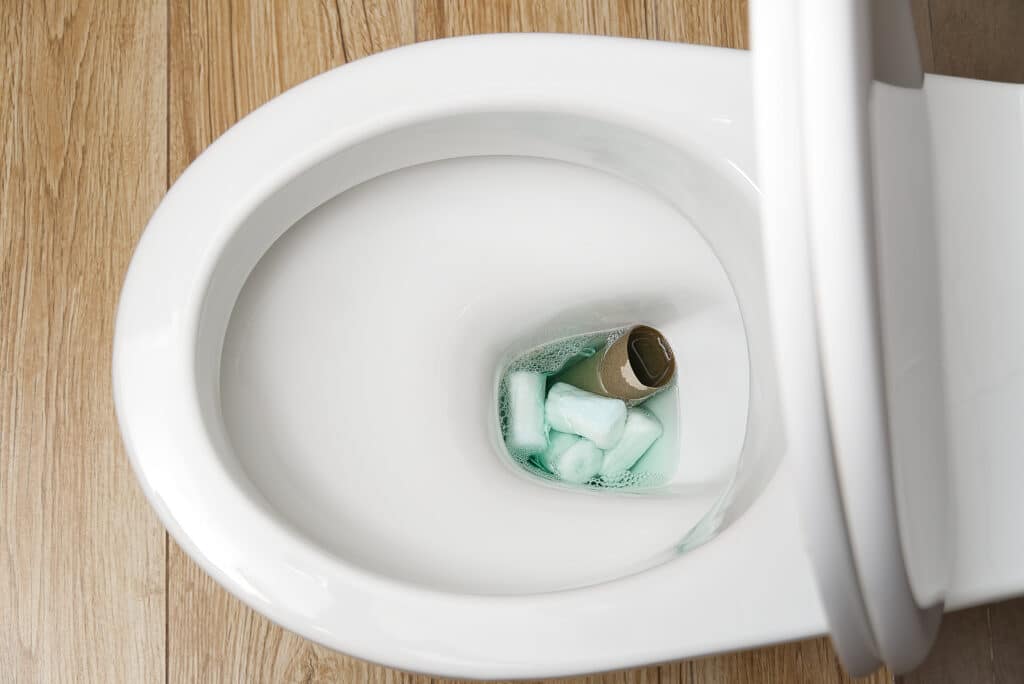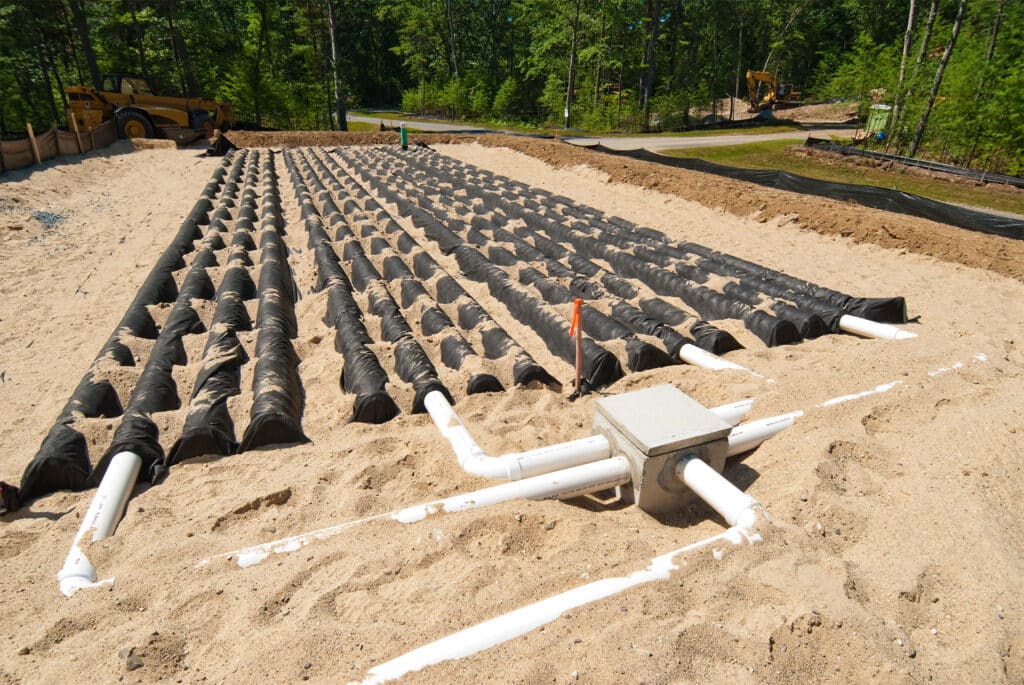Maintaining a septic system is essential for the health and efficiency of your home or business. Proper maintenance can help prevent costly repairs, protect the environment, and ensure that your system is working properly. Here is a comprehensive guide to maintaining your septic system:
1. Know where your septic tank is located
It is important to know where your septic tank is located in order to properly maintain it. The septic tank is typically buried underground about 10-25 feet from your home. You should also know the location of the inlet and outlet pipes, as well as any other parts of the system.
The easiest way to find your septic tank is to follow the main sewer line as it exits your home. This is typically a 4-inch pipe in your basement or crawl space that connects all of your plumbing drainage lines and exits your home.
Knowing the location of these components will make it easier for you to check for any issues or problems with your septic system.
2. Pump your septic tank regularly
Septic tanks should be pumped every 3-5 years, depending on the size of the tank and the number of people using it. Pumping removes excess sludge and scum from the tank, which helps prevent the system from backing up or failing.
Septic tanks can hold a significant amount of waste, and if they are not pumped regularly, the waste can build up and cause the system to malfunction. It is important to schedule regular pumping with a professional septic service provider.
3. Don’t flush inappropriate items

Flushing inappropriate items down the toilet or sink can cause problems with your septic system. Avoid flushing non-biodegradable materials, such as baby wipes, tissues, feminine hygiene products, and plastics.
These items can clog the system and cause it to fail. It is also important to avoid flushing excessive amounts of toilet paper, as this can also cause clogs in the system.
4. Use water efficiently
Using water efficiently can help reduce the burden on your septic system. Your septic system is designed for typical usage based on the number of bedrooms in your home. Things like leaky toilets or shower heads can pump more water into your system than it was designed to handle.
Fix any leaks, invest in low-flow toilets and showerheads, and only run full loads of laundry and dishes. By using water efficiently, you can help prevent overloading the system and potentially causing problems.
5. Protect the drainfield

The drainfield is a crucial part of your septic system, as it is responsible for filtering and treating the wastewater before it is released into the environment.
In order to function properly, the soil around the drainfield needs to remain uncompacted and relatively free from large roots that might damage pipes.
You can protect your drainfield by not driving or parking on it, by avoiding planting trees or other deep-rooted vegetation too close to it, and by directing drainage away from and not overwatering / oversaturating the soil above / around the field.
6. Use septic-safe cleaners
Many household cleaners contain chemicals that can harm your septic system. These chemicals can kill the beneficial bacteria in the system that are responsible for breaking down the waste.
Instead, opt for septic-safe cleaners or make your own using natural ingredients. Baking soda, vinegar, and lemon juice are all natural alternatives that can be used to clean and deodorize your home without harming your septic system.
7. Monitor the system
Regularly check for any signs of problems with your septic system. Look for slow drains, foul odors, or standing water around the tank or drainfield. If you notice any of these issues, have a professional inspect and repair the system as soon as possible. Catching problems early can help prevent more serious and costly issues from occurring.
By following these tips, you can help ensure that your septic system is working properly and efficiently. Proper maintenance is essential for the health and longevity of your system, and can save you money in the long run. Don’t neglect your septic system – a little bit of regular maintenance can go a long way towards keeping it functioning properly and avoiding costly repairs.









